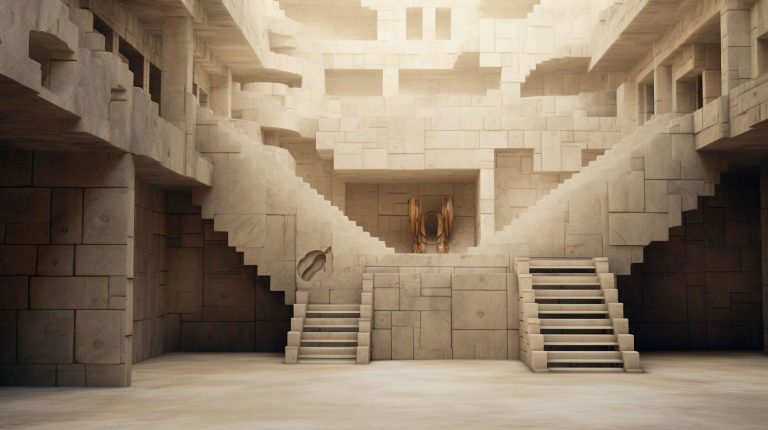In this article, we will explore the mesmerizing dance of light and shadow and how it contributes to the magic of nature photography.
The Magic of Light and Shadow
Light and shadow are essential elements in photography that can transform an ordinary scene into something extraordinary. In nature photography, the dance between light and shadow adds depth, dimension, and drama to the image. It is the interplay between these two elements that creates a sense of mystery and storytelling, enticing viewers to delve deeper into the image.
The direction, intensity, and quality of light influence how shadows fall and interact with the subject. The soft, diffused light of a cloudy day creates a gentle and subtle play of shadows, while harsh, direct sunlight casts bold and defined shadows. Photographers use these variations to their advantage, carefully composing their shots to capture the desired effect.
The Advantages of Light and Shadow in Nature Photography:
- Emphasizes textures: The interplay of light and shadow accentuates textures, revealing intricate details that would otherwise go unnoticed. It brings out the patterns in the bark of a tree, the delicate petals of a flower, or the rugged terrain of a mountain.
- Creates depth and mood: Shadows add depth and dimension to an image, making it feel more three-dimensional. They create a sense of depth by separating the subject from its background, providing a visual hierarchy that guides the viewer’s eye through the photograph. Shadows can also set the mood of a photo, making it eerie, dramatic, or peaceful.
- Enhances storytelling: The dance of light and shadow tells a story by guiding the viewer’s attention and highlighting specific elements within the frame. The contrast between light and shadow can reveal hidden narratives, capturing a fleeting moment in time or depicting the contrast between life and decay.
The Role of Light in Nature Photography
Light is the essence of photography, and understanding its behavior is crucial for capturing compelling nature photographs. Here are a few ways in which light affects the outcome of an image:
- Golden Hour and Blue Hour: The golden hour, which occurs during sunrise and sunset, bathes the world in a warm, soft light that enhances the colors and creates a dreamy atmosphere. The blue hour, right before sunrise and after sunset, bathes the scene in a cool, ethereal light with a blue hue.
- Backlighting: Backlighting occurs when the primary source of light is behind the subject. This technique creates a halo effect, highlighting the edges and creating a sense of depth. It can transform ordinary subjects into something magical and ethereal.
- Light Direction: The direction of light significantly impacts the mood and appearance of a photograph. Side lighting creates dimension and texture, while front lighting can flatten the subject. Experimenting with different angles of light can yield different and captivating results.
The Dance of Light and Shadow: Key Takeaways
As a nature photographer, understanding and harnessing the power of light and shadow can elevate your images to new heights. Here are the key takeaways to remember:
- Embrace the interplay: Explore the dance between light and shadow in your compositions and utilize it to create depth, mood, and texture.
- Experiment with different lighting conditions: Utilize the golden hour, blue hour, backlighting, and different light directions to add variety and interest to your photographs.
- Tell a story: Use light and shadow to guide the viewer’s eye, emphasize key elements, and reveal hidden narratives within your images.
By mastering the art of balancing light and shadow, you can add a touch of magic to your nature photography. Allow the interplay between these two elements to captivate and transport your viewers into the enchanting world you have captured through your lens.




















+ There are no comments
Add yours